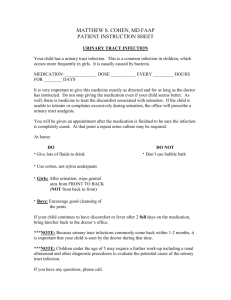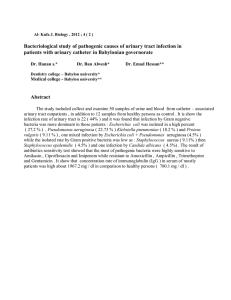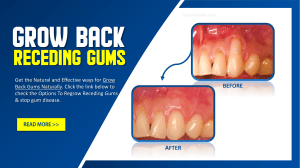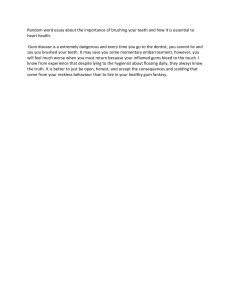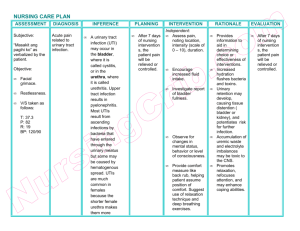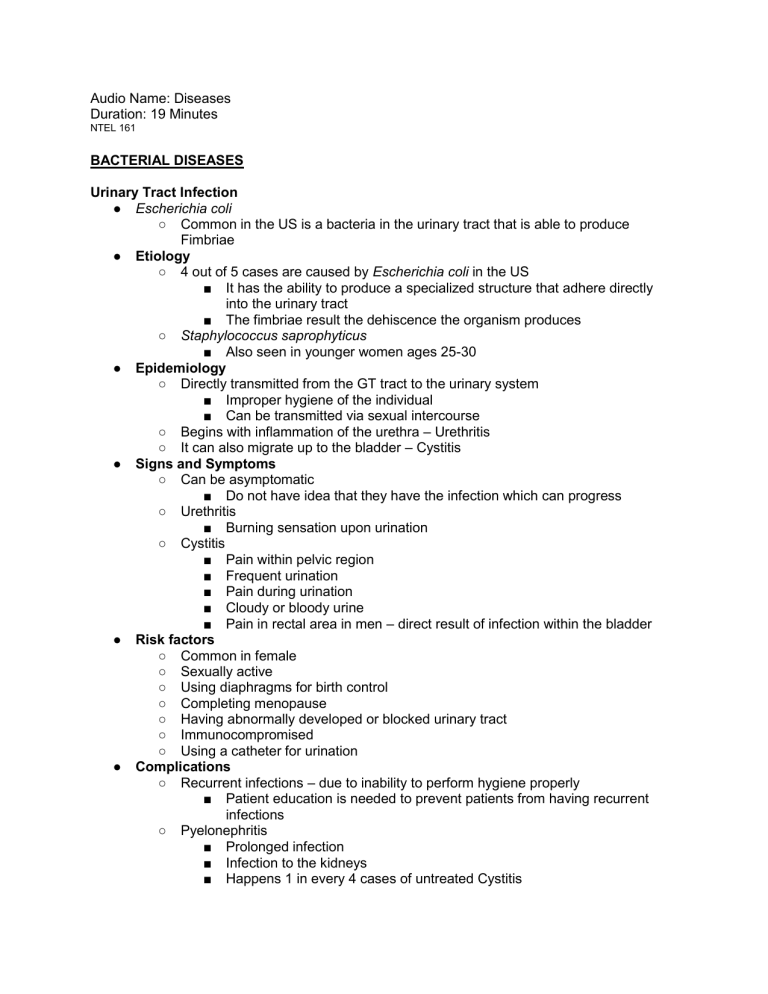
Audio Name: Diseases Duration: 19 Minutes NTEL 161 BACTERIAL DISEASES Urinary Tract Infection ● Escherichia coli ○ Common in the US is a bacteria in the urinary tract that is able to produce Fimbriae ● Etiology ○ 4 out of 5 cases are caused by Escherichia coli in the US ■ It has the ability to produce a specialized structure that adhere directly into the urinary tract ■ The fimbriae result the dehiscence the organism produces ○ Staphylococcus saprophyticus ■ Also seen in younger women ages 25-30 ● Epidemiology ○ Directly transmitted from the GT tract to the urinary system ■ Improper hygiene of the individual ■ Can be transmitted via sexual intercourse ○ Begins with inflammation of the urethra – Urethritis ○ It can also migrate up to the bladder – Cystitis ● Signs and Symptoms ○ Can be asymptomatic ■ Do not have idea that they have the infection which can progress ○ Urethritis ■ Burning sensation upon urination ○ Cystitis ■ Pain within pelvic region ■ Frequent urination ■ Pain during urination ■ Cloudy or bloody urine ■ Pain in rectal area in men – direct result of infection within the bladder ● Risk factors ○ Common in female ○ Sexually active ○ Using diaphragms for birth control ○ Completing menopause ○ Having abnormally developed or blocked urinary tract ○ Immunocompromised ○ Using a catheter for urination ● Complications ○ Recurrent infections – due to inability to perform hygiene properly ■ Patient education is needed to prevent patients from having recurrent infections ○ Pyelonephritis ■ Prolonged infection ■ Infection to the kidneys ■ Happens 1 in every 4 cases of untreated Cystitis ■ ● ● ● Result as permanent damage to the kidneys which can lead to lethal situation ○ Result in delivery of low birth weight or premature baby Testing and Diagnosis ○ Urine sample examination ■ Cystitis - >100CFUs/ml of urine ■ Pyelonephritis - >10,000 CFUs/ml of urine ○ Presence of leukocyte esterase ■ Byproduct of WBC production Treatment ○ Antibiotics ■ Bactrim or Septra ■ Amoxicillin – penicillin derivative ■ Ciprofloxacin Prevention ○ Drink plenty of water ■ Increases flushing action which can help remove the organism ○ Avoid drinking coffees, alcohol, sodas ■ Containing acid that can irritate the bladder and make the condition more worse Periodontal Disease ● The bacteria can produce a biofilm ● Etiology ○ Can found several of dozens of species of bacteria ○ Streptococcus mutans ■ Main cause leading to formation of plaques ■ This starts the whole process ○ Streptococcus sobrinus ■ Also play a role in forming the disease ● Epidemiology ○ 1 out 2 individuals that reaches the age of 30 suffers some form of periodontal disease ○ Number of cases increases as the person gets older – 7 out of 10 individuals ○ Common in men than in women ○ Common in people that live in below poverty level ○ Common in those with less than a high school education ■ Poor hygiene due to lower income ○ Common in among current smokers ● Signs and Symptoms ○ Bad breath – most significant ○ Swollen gums and bleeding gums – common when brushing and flossing ● Risk factors ○ Smoking ○ Poor oral hygiene ○ Diabetes ○ Heredity ○ Immunocompromised ○ Issues with dental fillings ● Complications ○ ○ ○ ● Gingivitis ■ Early stage of disease ■ Gums become swollen and red ■ Bleeding is uncommon ■ Having bleeding gums ● Increasing the rate of brushing and flossing will help reverse the process Periodontitis ■ Advanced form ■ Gums pull away from teeth as bone below becomes remodeled ■ Can lead to permanent tooth loss ■ Mostly caused by buildup of plaque along margins between teeth ● When not removed, it will form into a calculus that can irritate the gums causing to become swollen which leads to gingivitis in the first place ■ When ignored, the calculi will become larger and exacerbated leading to degradation of the bone and removal of gum material causing teeth to become lose seen in periodontitis Prevention and Treatment ○ Good oral hygiene ■ Brushing and flossing ■ Regular professional cleaning – 1x/year ○ When diagnosed ■ Frequent cleanings ■ Mouth wash ■ Surgery if needed Walking Pneumonia ● Bacterial without a cell wall ● Etiology ○ Mycoplasma pneumoniae ■ 1 out of 5 cases ■ One of the major causes of bacterial pneumonia ■ Does not have a cell wall at all making the antibiotic ineffective as treatment ● Has no peptidoglycan ● Epidemiology ○ Bacteria in nose, throat, windpipe, and even in the lungs ○ Transmitted by respiratory droplets among individuals in closed quarters ■ Through coughing and sneezing ○ Microbe is not easily spread to another ■ It is communicable but not contagious ■ Communicable can spread and not easily accomplished ● ● ● ● ○ Incubation period is between 1-4 weeks ○ Outbreak occurs in crowded places Risk factors ○ People who are in areas like ■ Schools ■ College dormitories ■ Military barracks ■ Nursing homes ■ Hospitals ○ People with underlying conditions ■ Respiratory illness ■ Weak immune system ■ Asthma Sign and Symptoms ○ Chest cold ○ Sore throat ○ Fatigue ○ Fever ○ Cough lasting for week and months ○ Headache Treatment and Complications ○ Antibiotics ○ No vaccine available to prevent infection ○ Complications ■ Severe pneumonia ■ Encephalitis ■ Anemia ■ Kidney dysfunction ■ Skin disorders Prevention and Control ○ Cover mouth when coughing and sneezing ■ Without tissue, cover mouth with elbow and upper sleeve, not the hands ○ Wash hands often with soap and water at least 20 seconds ○ Alcohol – if soap and water is not available


